

The Tetragnathidae are orb-weavers whose common name arises from the enormous jaws sported by most species. The scientific name derives from the spiders possessing maxillae almost as long as the extended chelicerae giving the appearance of having four jaws. There are about 50 species worldwide, with 14 occuring in the British Isles.
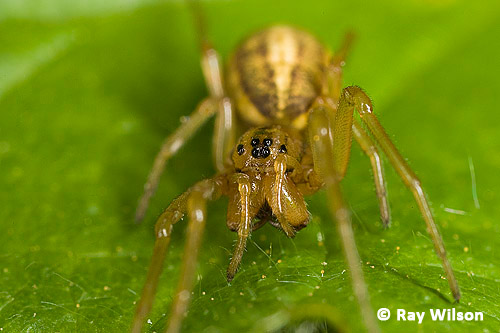
One particularly common species is Tetragnatha extensa, which is common throughout the Northern hemisphere in marshy and damp habitats. During the day it usually rests beside its web stretched out along a grass stem, with the front two pairs of legs pointing forward and the hind two stretched behind. This posture helps to break up the outline of the spider and is thought to aid predator avoidance.
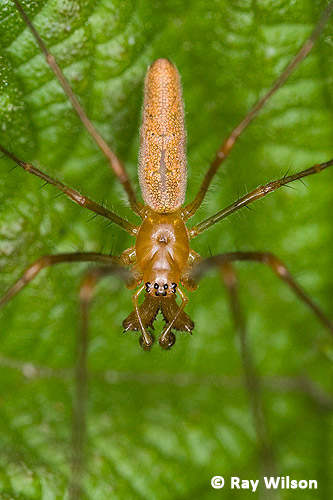 male Tetragnatha extensa |
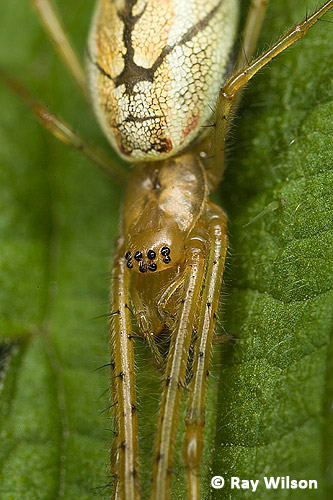 female Tetragnatha extensa |
The chelicerae of the males are even longer than those of the female and are put to good use during mating by helping to secure the females jaws in a position where she cannot attack the male.
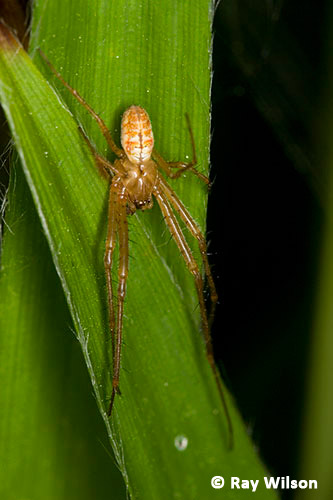 male Meta mengei |
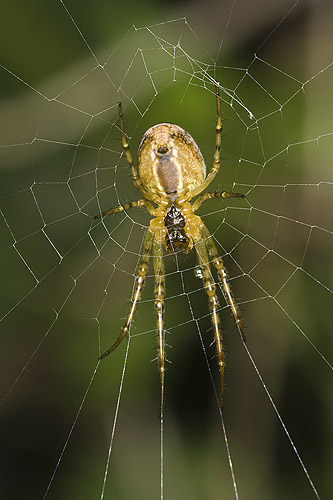 female Meta segmentata |
The genus Meta is sometimes split into Meta and Metallina and occassionally classed as belonging to the separate family of Metidae.
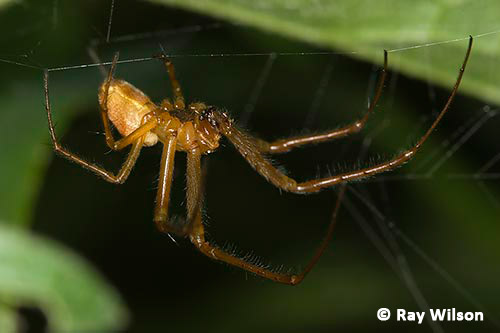
M. mengei and M. segmentata are very similar and both equally abundant in Britain. In general, if a mature spider is observed in spring/early summer it is most likely to be M. mengai, and M. segmentata if it is observed in late summer/early autumn. This, however, is not an infallible rule-of-thumb and the relevant identification features should be checked for a positive identification.
Ray Wilson owns the copyright of all images on this site.
They may not be used or copied in any form without prior written permission.
raywilsonphotography@googlemail.com